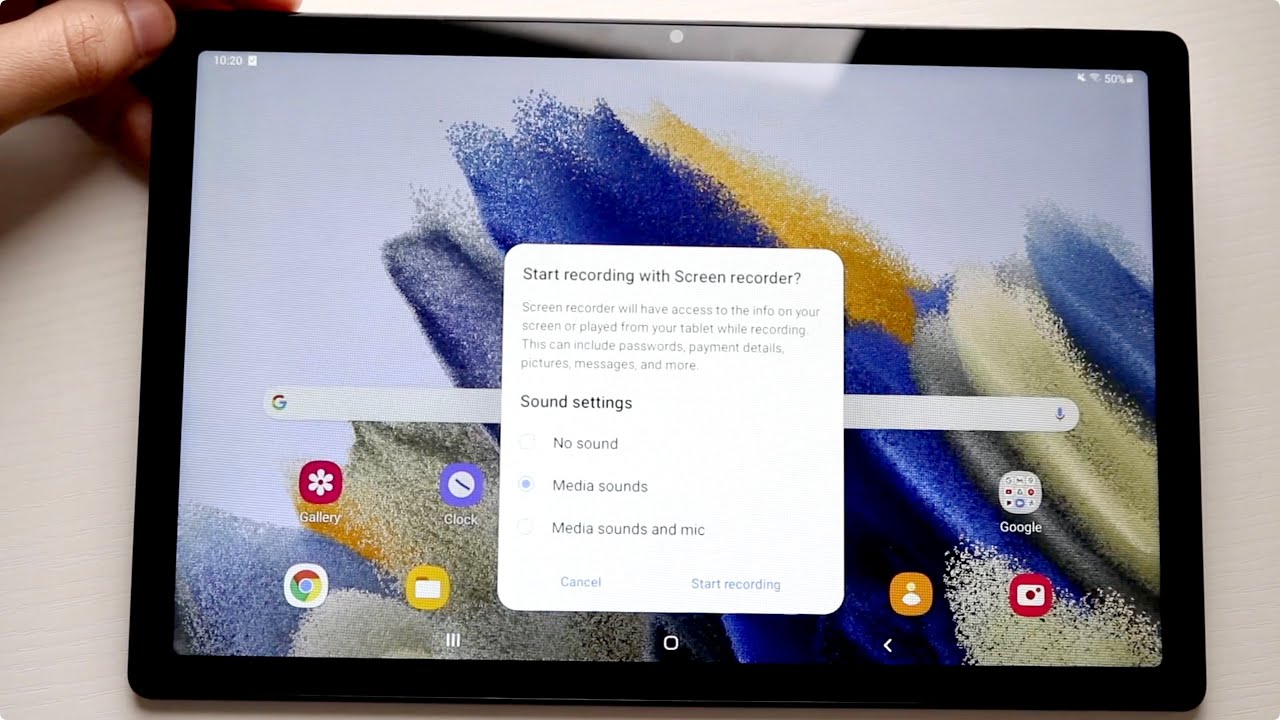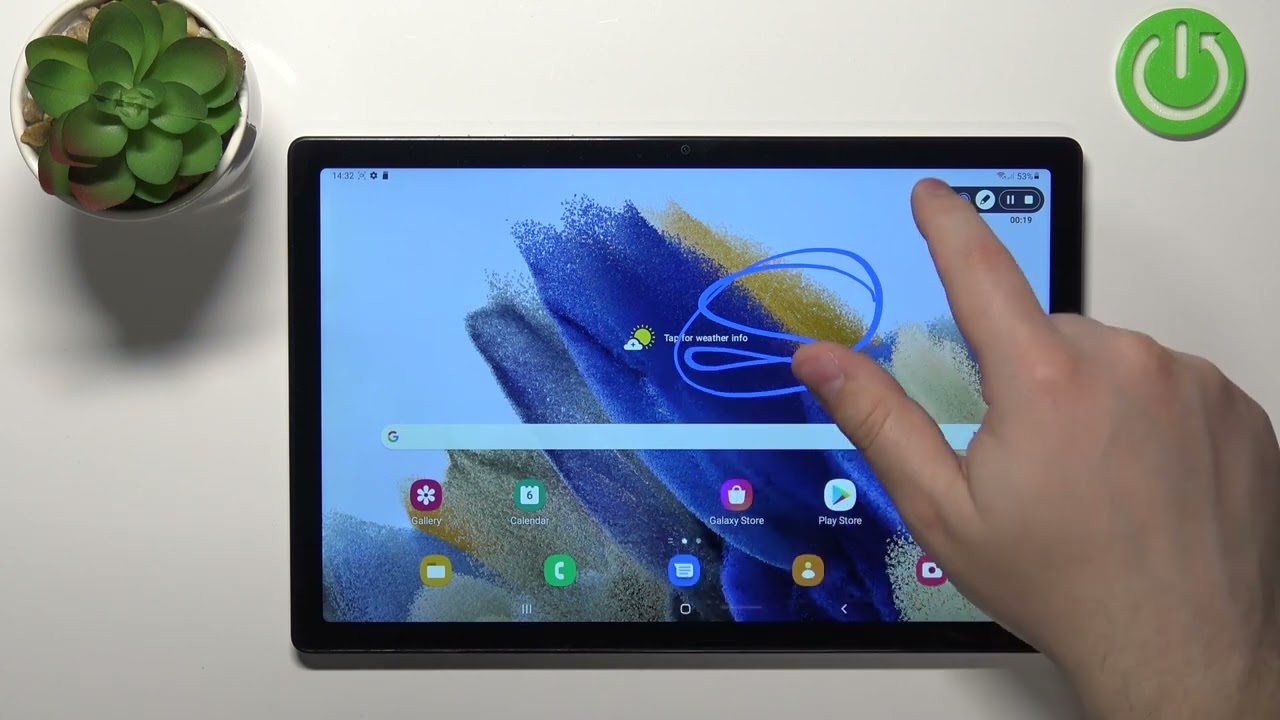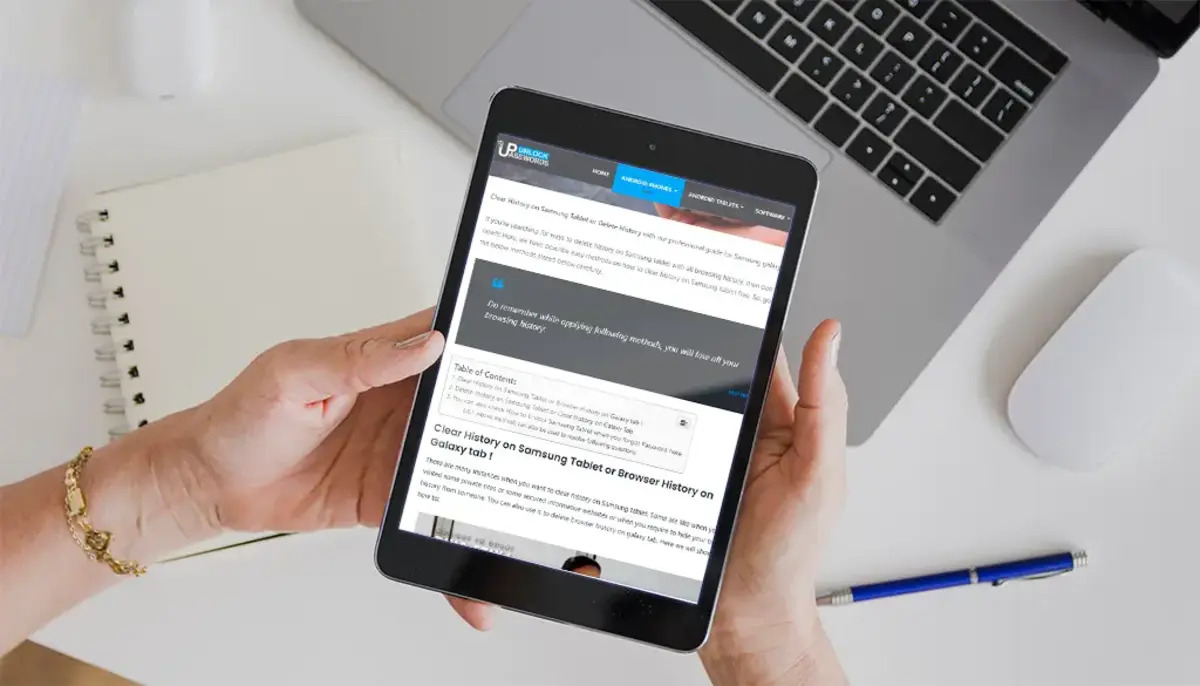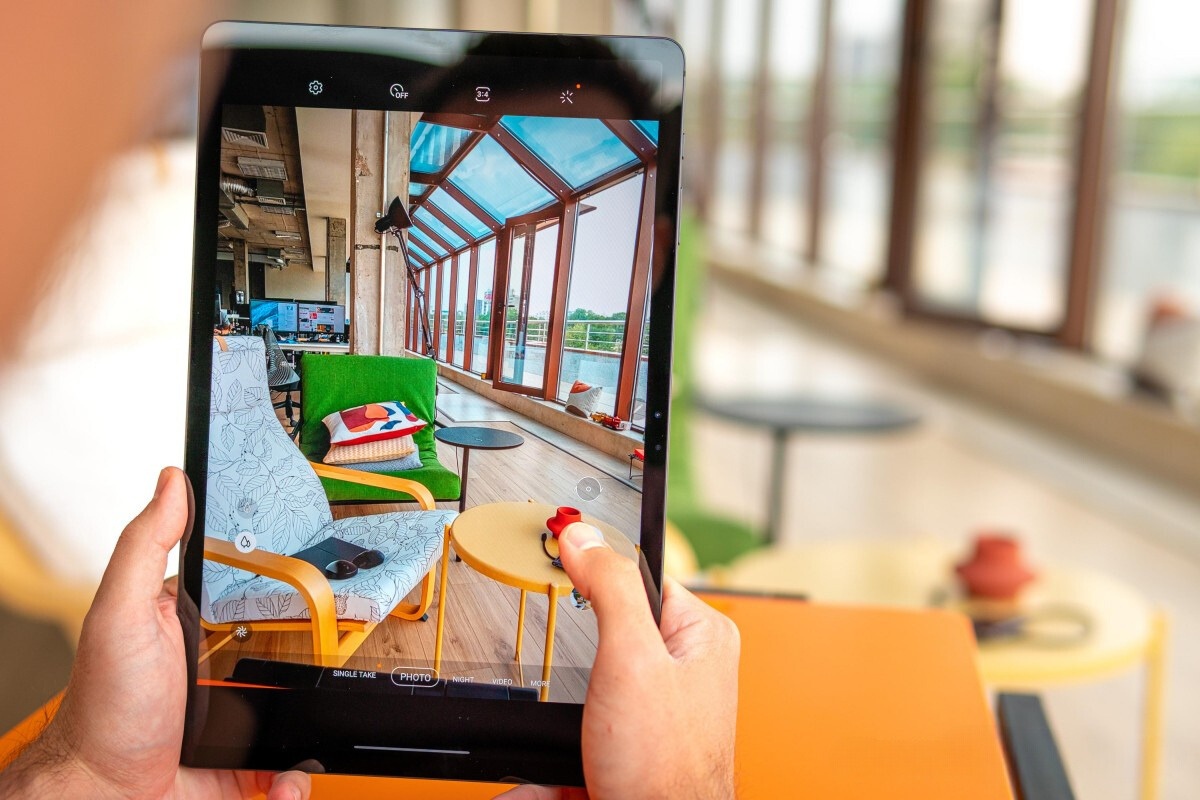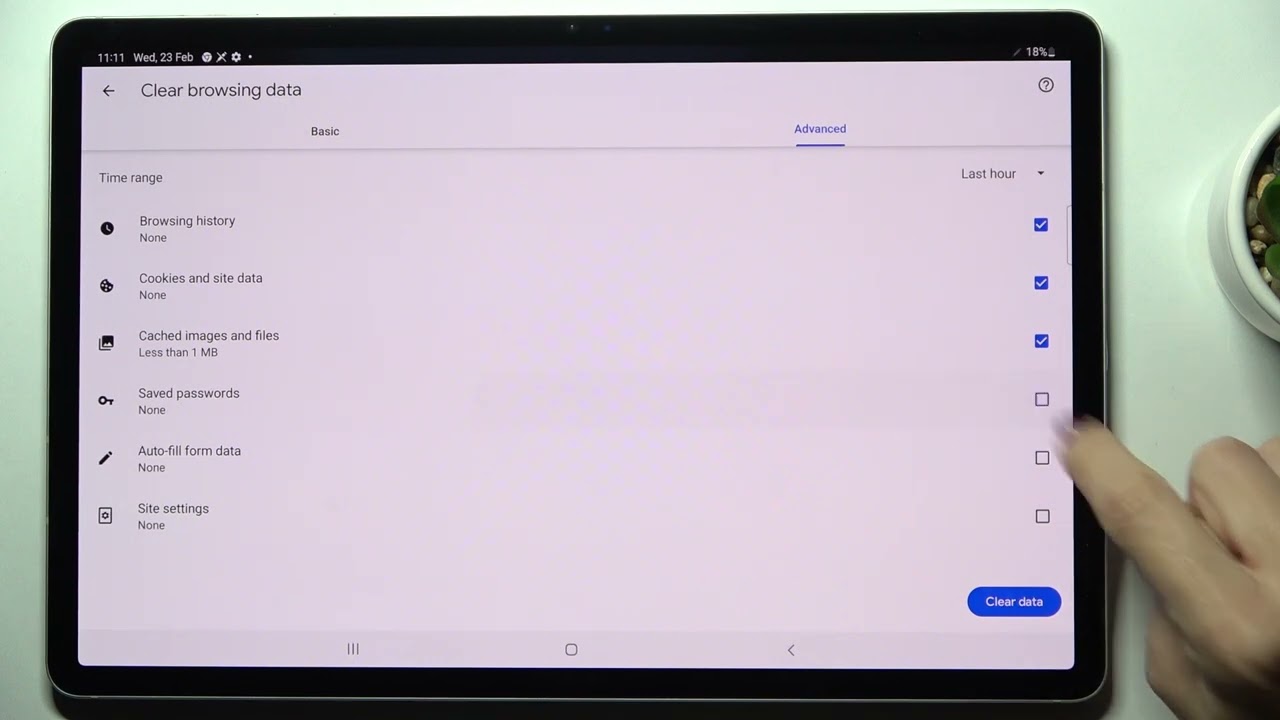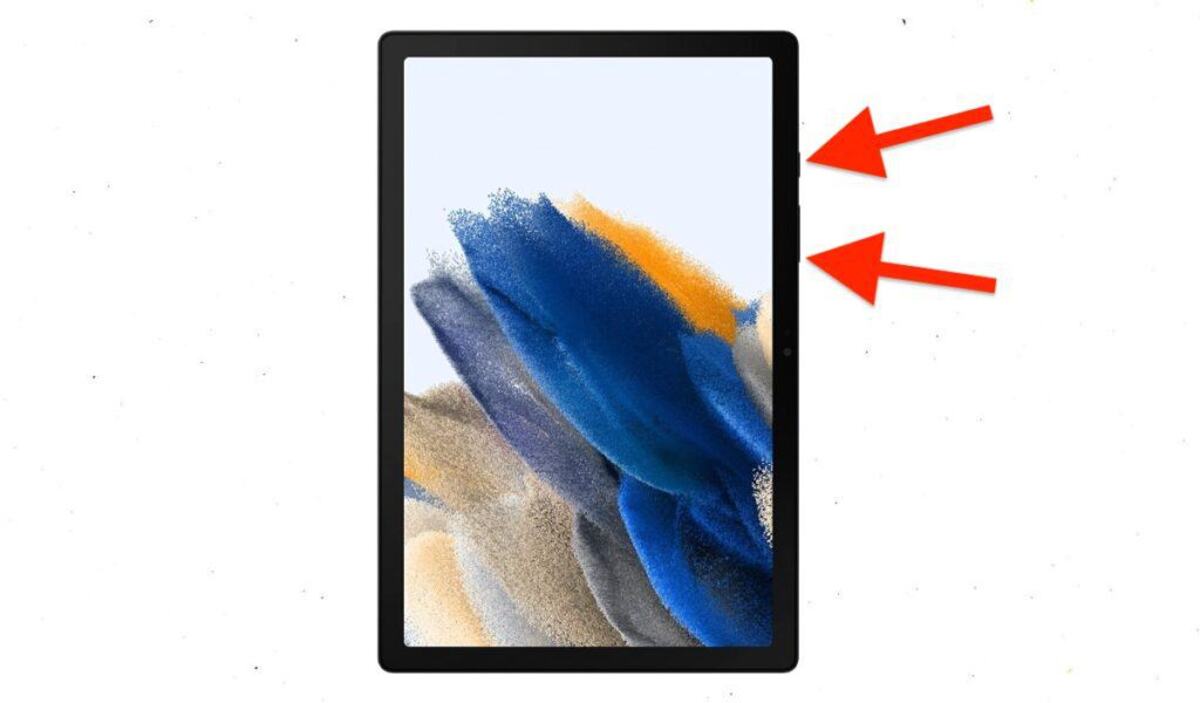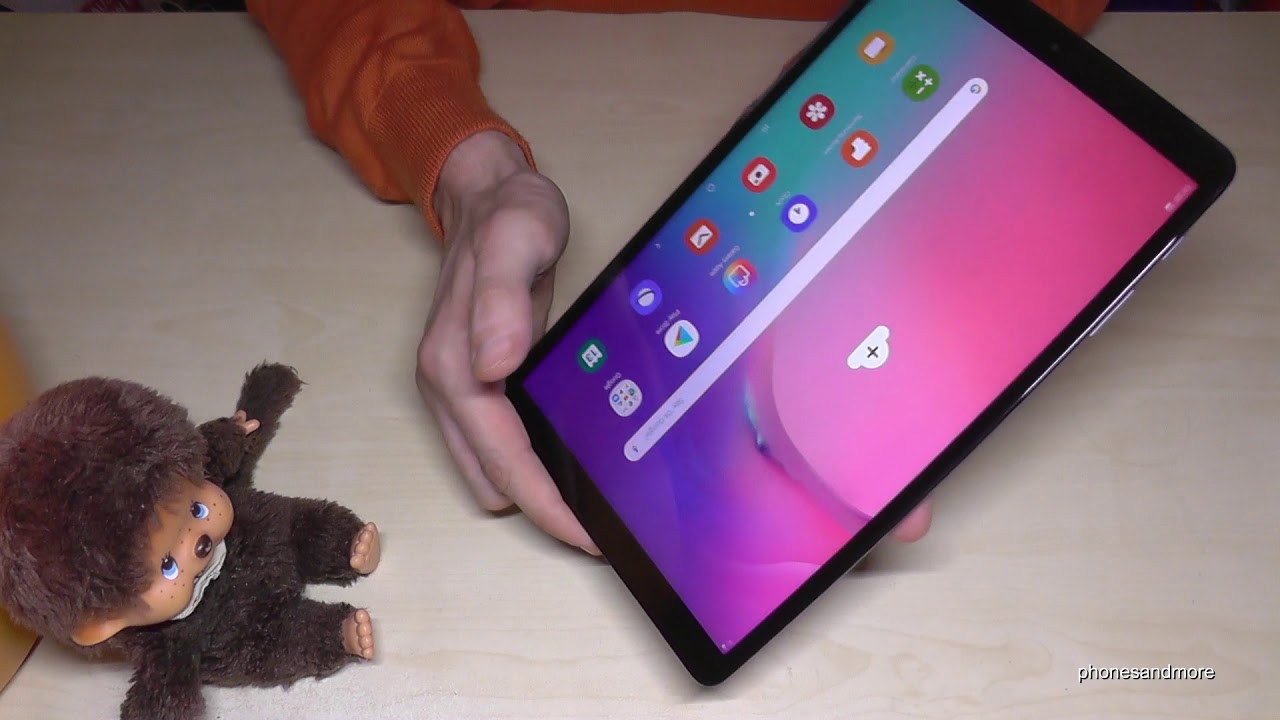Why You May Want to Screen Record on Your Samsung Tablet
Screen recording has become an essential feature for many Samsung tablet users, offering a wide range of benefits and usability. Whether you are a content creator, educator, or simply want to capture important moments, screen recording can be a valuable tool. Here are a few reasons why you may want to explore this feature on your Samsung tablet:
1. Creating Tutorials and Demonstrations: Screen recording allows you to capture every step of a process or walk-through. This can be particularly useful if you are creating tutorials, demonstrations, or how-to videos. By recording your screen, you can provide a clear visual guide to your viewers, enhancing their understanding and learning experience.
2. Sharing Gaming Moments: Gamers can take advantage of screen recording to showcase their achievements, share gameplay strategies, or even stream their gaming sessions. Whether you want to share a thrilling victory or highlight a challenging level, screen recording enables you to capture all the action.
3. Recording Video Calls or Presentations: If you need to record an important video call for future reference or documenting a presentation, screen recording is a convenient option. It allows you to capture the entire conversation or presentation, including visuals and audio, ensuring that nothing is missed.
4. Capturing Moments and Memories: Sometimes, you come across memorable moments on your tablet that you want to preserve. It could be a funny video, a heartwarming conversation, or a special achievement. With screen recording, you can save these moments as a video file and revisit them whenever you want.
5. Reporting Technical Issues: If you encounter a technical issue on your tablet, screen recording can be a valuable tool for troubleshooting. By recording the issue as it happens, you can provide clear evidence to technical support or share it with online communities to seek assistance.
These are just a few examples of how screen recording can be beneficial on your Samsung tablet. Whether you are a professional or just an enthusiastic user, having the ability to record your screen can greatly enhance your productivity and creativity.
How to Screen Record on Samsung Tablet?
Screen recording on your Samsung tablet is a straightforward process, with multiple methods available to suit your preference. Here are three commonly used methods you can try:
1. Using the Quick Settings Panel:
The Quick Settings Panel is a convenient way to access various features on your Samsung tablet, including screen recording. Follow these steps to begin screen recording:
- Swipe down from the top of your tablet’s screen to open the Quick Settings Panel.
- Tap the “Screen Recorder” icon, typically represented by a video camera.
- A pop-up window will appear with recording options. Customize the settings according to your preference, such as recording orientation and audio source.
- Tap the “Start Recording” button to begin recording your screen.
- To stop the recording, tap the “Stop” or “Pause” button in the floating toolbar that appears on your screen.
- The recorded video will be saved in your tablet’s gallery or video folder.
2. Using the Power and Volume Down Buttons:
If you prefer a more hands-on approach, you can use the power and volume down buttons to initiate screen recording. Here’s how:
- Open the screen or app that you want to record on your Samsung tablet.
- Simultaneously press and hold the power button and the volume down button until you see a flash or a quick animation indicating that the screen recording has started.
- Record your screen as desired.
- To stop the recording, access the notification panel by swiping down from the top of your screen. Tap the “Screen recording” notification and select “Stop” to end the recording.
- The recorded video will be saved in your tablet’s gallery or video folder.
3. Using Third-Party Screen Recording Apps:
If the built-in screen recording options on your Samsung tablet don’t meet your requirements, you can explore third-party screen recording apps available in the Google Play Store. These apps offer additional features and customization options.
Once you have installed a preferred screen recording app, follow the app’s instructions to start and stop recording. These apps usually have a dedicated recording button within their interface, providing more control over the recording process.
Experiment with the different methods and choose the one that suits your needs and preferences when it comes to screen recording on your Samsung tablet. Remember to check your tablet’s manual or the manufacturer’s website if you encounter any difficulties or need more guidance.
Method 1: Using the Quick Settings Panel
One of the easiest and quickest ways to screen record on your Samsung tablet is by utilizing the Quick Settings Panel. The Quick Settings Panel provides convenient access to various features on your tablet, including screen recording. Follow these simple steps to begin screen recording:
- Swipe down from the top of your tablet’s screen to open the Quick Settings Panel.
- Look for the “Screen Recorder” icon, typically represented by a video camera. If you don’t see it, you may need to swipe left or right to access additional Quick Settings options.
- Once you find the “Screen Recorder” icon, tap on it to launch the screen recording feature.
- A pop-up window will appear with several recording options that you can customize according to your preferences. This includes selecting the orientation of the recording, enabling or disabling audio recording, and adjusting other settings.
- Once you have customized your recording settings, tap the “Start Recording” button to initiate the screen recording process.
- Your Samsung tablet will now start recording everything displayed on the screen, including any audio if you have enabled that option.
- To stop the screen recording, you can either swipe down from the top of the screen to open the notification panel and tap the “Stop” button in the ongoing screen recording notification, or you can use the floating toolbar that appears on your screen and tap the “Stop” or “Pause” button.
- After stopping the recording, the video will be saved automatically in your tablet’s gallery or video folder.
Using the Quick Settings Panel to screen record on your Samsung tablet provides a straightforward and accessible method to capture important moments or create engaging content. This method is ideal for those who want a user-friendly and intuitive way to screen record without the need for additional apps or complicated steps.
However, it’s important to note that the availability of the screen recording feature in the Quick Settings Panel may vary depending on your specific Samsung tablet model and software version. If you don’t see the “Screen Recorder” icon in the Quick Settings Panel, you may need to check your tablet’s settings or consult the user manual for more information.
Method 2: Using the Power and Volume Down Buttons
Another simple and convenient method to screen record on your Samsung tablet is by utilizing the power and volume down buttons. This method allows you to initiate screen recording without the need to access any on-screen menus or settings. Follow these steps to begin screen recording:
- Open the screen or app that you want to record on your Samsung tablet.
- Once you are ready to start recording, simultaneously press and hold the power button and the volume down button. It’s important to press and hold both buttons at the same time.
- You will typically see a flash or a quick animation on the screen, indicating that the screen recording has started.
- Record your screen as desired, showcasing the actions, apps, or content that you want to capture.
- To stop the screen recording, access the notification panel by swiping down from the top of your tablet’s screen.
- Look for the “Screen recording” notification and tap on it to expand the options.
- In the expanded notification, you will find a “Stop” button. Tap on it to end the recording.
- After stopping the recording, the video will be automatically saved in your tablet’s gallery or video folder.
This method of screen recording using the power and volume down buttons offers a quick and easy way to capture your screen without the need for additional gestures or settings. It is especially useful in situations where you need to record something quickly, such as capturing an unexpected event or a fleeting moment.
However, it’s worth noting that the availability of this feature may depend on your Samsung tablet model and software version. If you find that this method doesn’t work on your tablet, it’s advisable to check the user manual or the manufacturer’s website for specific instructions on screen recording for your device.
Overall, the power and volume down buttons method provides an efficient way to record your screen on a Samsung tablet, allowing you to capture important moments or create informative content with ease.
Method 3: Using Third-Party Screen Recording Apps
If you’re looking for more advanced features and customization options for screen recording on your Samsung tablet, utilizing third-party screen recording apps is an excellent choice. These apps offer additional functionalities that may not be available through the built-in screen recording options. Here’s how you can use third-party screen recording apps:
- Visit the Google Play Store on your Samsung tablet and search for “screen recording apps.” You will find a wide range of options to choose from.
- Read the app descriptions and user reviews to find a reputable and well-rated screen recording app that suits your needs. Some popular options include AZ Screen Recorder, Mobizen Screen Recorder, and DU Recorder.
- Select the app you want to install and tap the “Install” button. Follow the on-screen instructions to complete the installation process.
- Once the app is installed, launch it on your Samsung tablet.
- Familiarize yourself with the app’s interface and settings. These may vary between different apps, but most apps will have a dedicated recording button within their interface.
- Customize the recording settings according to your preferences. This may include selecting the video quality, choosing the audio source, enabling or disabling additional features like front camera recording or drawing on the screen.
- When you are ready to begin screen recording, tap the recording button in the app’s interface. The app will start capturing whatever appears on your tablet’s screen.
- To stop the recording, navigate back to the app’s interface and tap the “Stop” or “Finish” button, typically located next to the recording button.
- After stopping the recording, you can access the recording within the app or find it in the gallery or video folder of your Samsung tablet.
Using third-party screen recording apps provides you with additional flexibility and advanced features for screen recording on your Samsung tablet. These apps often offer options like editing tools, live streaming, and cloud storage integration, enabling you to enhance and share your recorded videos seamlessly.
It’s important to note that while third-party screen recording apps can provide an enhanced recording experience, make sure to choose reputable apps from trusted developers to ensure the security of your device and personal information. Additionally, keep in mind that some of these apps may offer both free and paid versions, with premium features available for purchase.
Explore different third-party screen recording apps and find the one that best suits your requirements in terms of functionality, ease of use, and customization options. With the right app, you can unlock a wide range of capabilities and take your screen recording endeavors to the next level on your Samsung tablet.
Troubleshooting Screen Recording Issues
While screen recording on your Samsung tablet is typically a smooth and seamless process, you may occasionally encounter certain issues that hinder your recording experience. Here are some common troubleshooting tips to address screen recording issues:
1. Insufficient Storage Space: If you receive an error indicating insufficient storage space while attempting to save a screen recording, it’s essential to free up space on your tablet. Delete unnecessary files and apps or transfer them to an external storage device to create more room for the recording.
2. Incompatible App or Content: Certain apps or content may have restrictions that prevent screen recording. If you encounter an error message or a blank recording while attempting to capture specific apps or content, try recording from a different app or screen. Additionally, ensure that the app or content you’re recording is up to date.
3. Audio Recording Issues: If you experience audio-related problems during screen recording, check the audio source settings within the screen recording options. Ensure that the correct audio source is selected. Additionally, make sure the microphone is not obstructed or muted, as this may affect audio recording quality.
4. Performance and Lag Issues: If your screen recording appears laggy or not smooth, it may be due to performance limitations. Close unnecessary apps running in the background, clear cache, and free up RAM to improve the performance of your tablet during screen recording. Lowering the recording quality settings within the screen recording options can also help address performance issues.
5. Glitches and Artifacts: If you notice visual glitches, artifacts, or distortion in your screen recording, try adjusting the recording settings. Lower the video quality, reduce the recording resolution, or change the screen orientation to see if it improves the recording quality. If the issue persists, it may be worth trying a different screen recording app or contacting technical support for assistance.
6. Software Updates: Ensure that your Samsung tablet’s operating system and screen recording app are up to date. Software updates often include bug fixes and improvements that can resolve screen recording issues.
If you continue to experience screen recording issues despite troubleshooting, it’s recommended to consult your tablet’s user manual or visit the manufacturer’s support website for further assistance. They can provide specific guidance based on your tablet model and software version.
Remember, screen recording issues can vary depending on the device, software version, and individual circumstances. Exploring these troubleshooting steps will help you address common problems and optimize your screen recording experience on your Samsung tablet.
Conclusion
Screen recording on your Samsung tablet opens up a world of possibilities, allowing you to capture important moments, create engaging content, and troubleshoot technical issues. Whether you choose to use the Quick Settings Panel, the power and volume down buttons, or third-party apps, each method offers a convenient way to record your screen.
By utilizing screen recording features, you can create tutorials and demonstrations, share gaming moments, record video calls or presentations, capture special memories, and report technical issues with ease. The ability to screen record provides you with a powerful tool for productivity, creativity, and documentation.
However, it’s crucial to be aware of any storage limitations, compatibility issues, audio recording problems, performance-related concerns, and visual glitches that may arise during screen recording. Thankfully, most issues can be resolved through troubleshooting steps such as freeing up storage space, adjusting settings, and ensuring software is up to date.
Remember to choose reliable and reputable third-party screen recording apps if you opt for that method, and always prioritize your device’s security and privacy. Familiarize yourself with your Samsung tablet’s specific features and consult the user manual or manufacturer’s website for additional guidance if needed.
With the knowledge and understanding of various screen recording methods, as well as the troubleshooting tips, you can confidently embark on your screen recording journey and take advantage of all the benefits it brings.
So, go ahead and start recording your screen on your Samsung tablet to create, share, and preserve moments and content that matter most to you.







